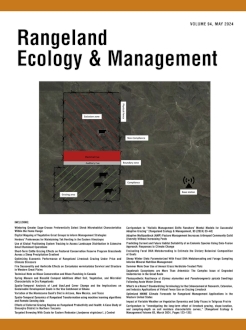Yak herding, a market-based tradition, is vanishing gradually. The changing environment such as climate change, policy context, and socioeconomic change is not in favor of yak herding. Using a choice experiment survey approach, this study determines the yak herders' preferences to improve yak herding in Kanchenjunga Landscape, Nepal. The results of the choice response analysis indicate that yak herders prefer to improve yak herding by improving rangeland management, infrastructure, and health and safety services. Herders have a high preference for yak insurance (US dollar [USD] 6.82/yak), followed by cultivating an improved variety of grass in rangeland (USD 6.71/yak), improved health services (USD 5.68/yak), allowing controlled burning (USD 4.72/yak), and permanent structure of shed (USD 4.39/yak). Additionally, this analysis suggests that a policy is required to allow controlled burning to improve the condition of rangeland, which can contribute to reducing the encroachment of shrubs. Similarly, there is also a need to further explore the appropriate insurance mechanism for yaks to involve all yak herders and reduce their risk.
BioOne.org will be down briefly for maintenance on 12 February 2025 between 18:00-21:00 Pacific Time US. We apologize for any inconvenience.
How to translate text using browser tools
17 May 2024
Herders' Preferences for Maintaining Yak Herding in the Eastern Himalayas
Rajesh Kumar Rai,
Srijana Joshi,
Tashi Dorji,
Basant Pant
ACCESS THE FULL ARTICLE

Rangeland Ecology and Management
Vol. 94 • No. 1
May 2024
Vol. 94 • No. 1
May 2024
choice experiment
mountain
pastoralist
rangelands
transhumance




